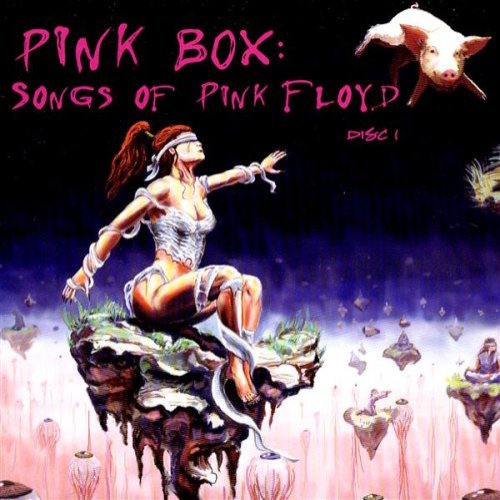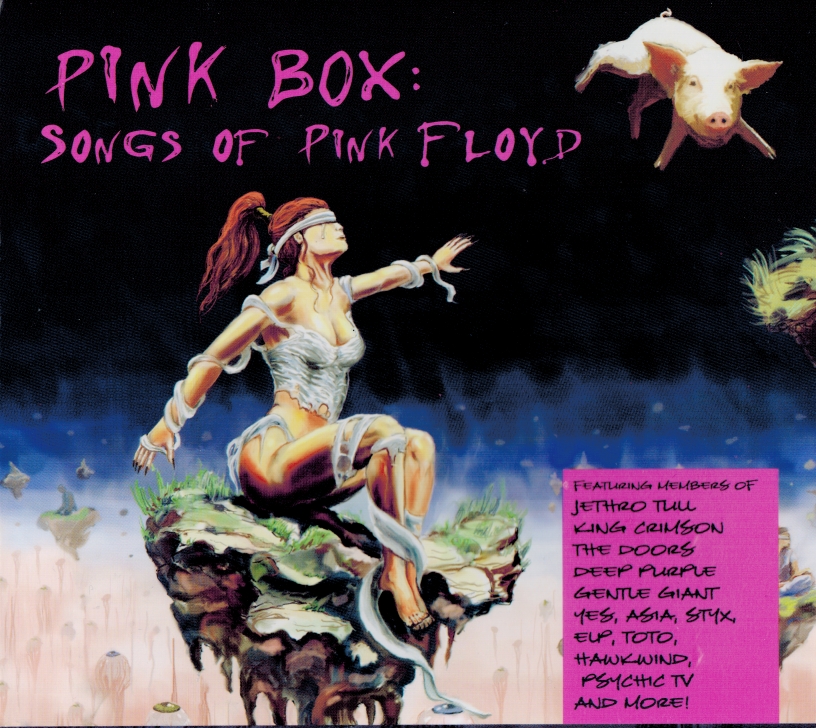

Still, this does round up nearly all of the highlights from throughout Miller's career, which does make it valuable for fans who want a pretty exhaustive, but not definitive, compilation. Then, much of the early work is present in oddly edited versions, which aren't particularly welcome. The historical childhood recordings that kick off the first disc are interesting, but they're alienating for anyone outside of hardcore fans. The problem is the execution, particularly as the box gets off the ground.


Now, this isn't a hard-and-fast breakdown, since there's no one on God's green earth who would call "Abracadabra" a blues, but it's a pretty good template for a box. The set is divided pretty well, with the first disc being devoted to the early years, the second to the hitmaking era, and the third to the blues.

Jams, Workshops, Camps, Places To Meet Others.Looking for Information About Mandolins.Quick Navigation Jazz/Blues Variants, Bossa, Choro, Klezmer Top The Best Chord Changes for the World's Greatest Standards (two volumes) by Frank Mantooth If you want to use some of its more advanced functionality, youve got to read the manual. Mike Marshall Brazilian Choros Second edition Band in a Box works perfect out of the box if you want to use it for basic practicing (improvising over standards, practicing themes, chord progressions), 1000s of people (including me) use it for that purpose and are happy with it. The Book of the Dawg (all editions-Jazz, Roots, etc.)
Band in a box songs real book professional#
They usually say thing like "When are you going to memorize these 4000 tunes?" or "Are you sure you played the right changes on your gig yesterday?"Ī few near the top of the pile that I appreciate:ĭick Hyman's Professional Chord Substitutions for 100 tunes every musician should know While I'm here, another caution: it's pretty easy to do like I did and end up with a "collection" a/k/a unwieldy heap of books that talk to you from their corner of the music room. He even likes Old Time Music, the kind that Johnny Bach guy used to pick on his harp(sichord)way back in the 1600's. One benefit of working from a digital fakebook(iReal whatever) is it allows for stylistic flexibility, and focus on just what you want to deal with, as you can create your own charts/playalongs, trade with everyone in the immediate world, etc.(changes only however) See Tom Wright's comment above, he's another master of all styles written and improvised. maybe our great buddy Matt Flinner can weigh in here too-he prepared The Bluegrass Real Book and is well versed in all genres reading and writing. Similar with choro, there are many options specific to that genre. So if Django or Django era tuneage is what you're wanting mostly, you may want to look more in the iReal world. I meant ask onassis in my earlier post also about what stylistic concerns he may have for the fakebook.should have pointed out that the New Real Books and Real Books chronicle material from standards to modern and even some "working musician" tunes, or rather interesting pop/R&B things. They have playalong recordings for all those available too, that's pretty cool. So when the OP says "some Real Book variant is a place to start", it's important to distinguish between the variants.if you go with New Real Book you should be fine, if you go with Real Book be sure it's a most recent version, corrected and legal. And there are references to specific recordings used in the formulation of the charts.All presented with professional calligraphy, easy to read, clear. Copyright and publishing info not only honored, it's shown on the pages. These Real Book memories and observations have me jumping back in to kind of underline the word NEW in my suggestion of The New Real Book, volumes 1,2,3 by Sher Music.they are very different from the original "Real Book"-changes are correct, melodies shown, substitutions suggested, (some as recorded by titans of the music), basslines, drum patterns, piano voicings are even notated here and there.


 0 kommentar(er)
0 kommentar(er)
